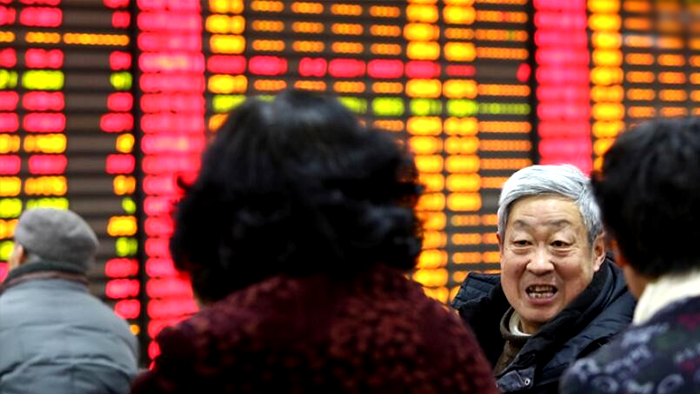Asian stock markets went up on Thursday, with major bourses ending a five-day losing streak. Wall Street indexes went up because of optimism about better-than-expected U.S. consumer confidence data, which gave regional bourses a good start for the day.
The best performers were technology-heavy indexes. Data also showed that U.S. inflation expectations went down in December, which raised hopes that interest rates won’t go up as much as first feared. Strong earnings were another reason why U.S. stocks went up.
The Hang Seng index in Hong Kong went up by more than 2%, while the KOSPI in South Korea and the Taiwan Weighted index each went up by 1% and 1.5%.
The Nikkei 225 index in Japan went up 0.4% after the Bank of Japan took a less dovish stance than expected, which sent the index to a two-month low. The BOJ’s unexpected change to the range of yields it controls for government bonds also caused sharp losses in other Asian markets as traders worried that the central bank would make more hawkish moves.
Related: In Asia stocks fall because people are less willing to take risks because they think interest rates will go up.
Most Asian markets have been going down for the past five sessions because of a string of “hawkish” signals from major central banks. The Federal Reserve, the Bank of England, and the European Central Bank have all said that they plan to raise rates again in 2023. They are doing this to stop inflation from getting out of hand.
The focus is now on the upcoming U.S. GDP data for the third quarter and, more importantly, on Friday’s Personal Consumption Expenditures Price Index for November. The Fed’s favourite way to measure inflation is the PCE index, which is likely to come up at the bank’s next policy meeting in February.
Even though the core reading is expected to have dropped from 5% in October to 4.7% in November, it is still expected to be well above the Fed’s 2% annual goal.
Still, most Asian stock markets went up because people thought that the index would fall more than expected, which was shown by data on consumer inflation that came out earlier this month.
The Shanghai Composite index fell 0.3%, while the Shanghai Shenzhen CSI 300 index went up 0.2%. This meant that Chinese stocks did not do as well as their regional peers. Even though there are more and more signs that Beijing plans to ease up on its strict zero-COVID policy by 2023, people are still worried about a COVID-19 crisis in the country.
Indian stocks went down as investors continued to take profits from November’s record highs. Both the Nifty 50 and the BSE Sensex 30 lost about 0.4% of their value.
Still, the two indexes have done the best in Asia this year, thanks in large part to a good outlook for the Indian economy.

